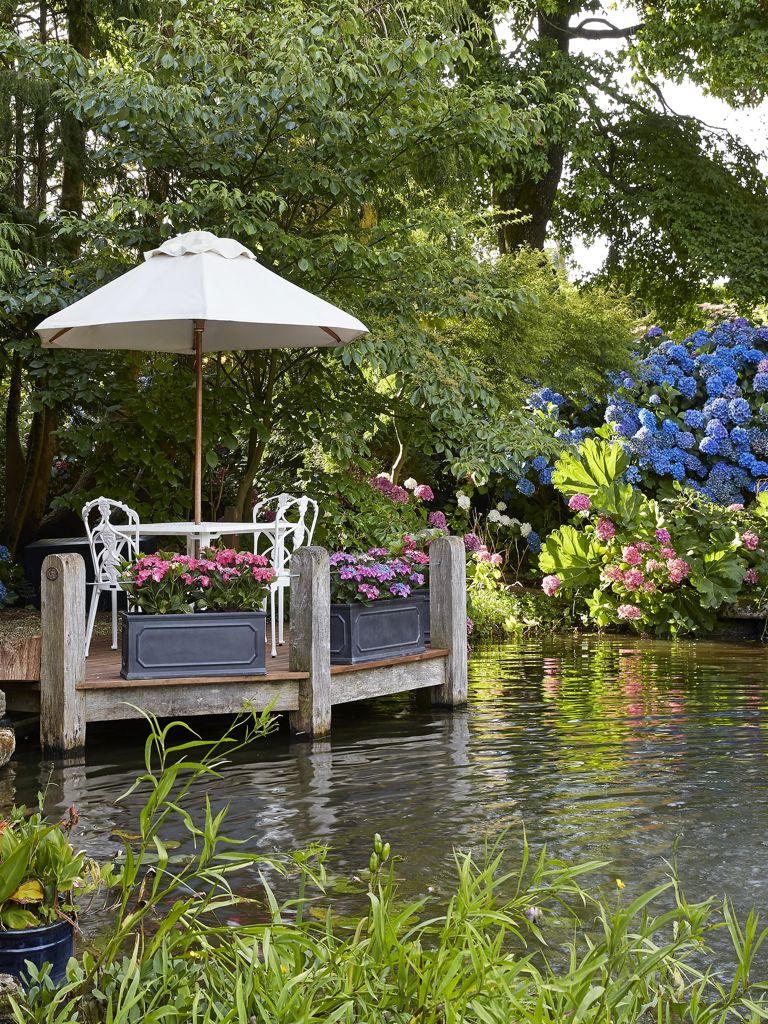
The art of meditation
Discover the perfect place for peaceful meditation and wellbeing.

Discover the perfect place for peaceful meditation and wellbeing.
Discover activities and recipes to enjoy at home by checking out our at-home blogs for inspiration.
Discover more